#a little princess 1995
Text

#movies#polls#a little princess#little princess#a little princess movie#a little princess 1995#90s movies#alfonso cuarón#alfonso cuaron#liesel matthews#eleanor bron#liam cunningham#requested#have you seen this movie poll
180 notes
·
View notes
Text
yes A Little Princess (1995) isn’t book accurate. But the scene in which Sara begs her father to remember her as she’s dragged away by the police and he stops, suddenly, and his vision clears—and then races after her, screaming her name… Top cinema. I cry every time.
43 notes
·
View notes
Text
God I haven't posted here in a bit, anyway I recently rewatched two old favorite childhood movies "A Little Princess" 1995 and "The Secret Garden" 1993, and they were both better than I remembered, especially the aethetisism of both
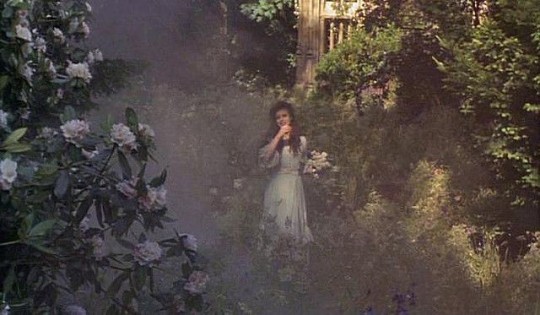


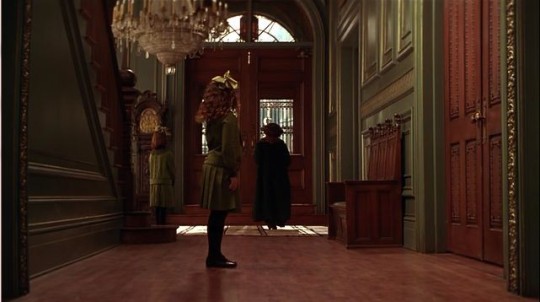
#a little princess#a little princess 1995#the secret garden#the secret garden 1993#90s films#classic academia#cottage aesthetic#im in love
26 notes
·
View notes
Text
A Little Princess (1995): A Tale of Orientalism
Hey friend, sit down, I want to talk to you for a moment. Remember beloved children's film A Little Princess 1995? How well do you remember it? Is it a film you watch regularly or is it just something that you have vague good feelings in connection to?
The reason I ask is that there's something you might not remember about this film. Something that you might not have realized when you watched it as a wee child. What's that, you ask? This movie is perhaps the most Orientalist piece of filmmaking I have ever seen, and the perhaps is only because I can't decide whether or not Memoirs of a Geisha gets the honor instead.
Let's take a look, shall we?
I want to start you out by showing you the opening of the film, since it may have been a while since you've seen it.
youtube
Okay, you finished? Let's analyze this clip. First of all, we've got some mysterious tinkling and stereotypical sounds of India. Text starts to scroll across the screen in a curvy font that speaks of the Orient and far off lands. Hang on, did she just say, "The mystical land of India" like she's talking about Oz or Narnia?
It really only gets worse from there. A little girl starts to tell us a small part of the story of Ramayana, an epic that is part of the Hindu faith. The images we are given make India look like a technicolor fantasy realm. And who do we have playing Sati and Rama? A white woman with a bindi and a white man who has been painted blue.
The actor who plays Rama also plays Sara's father, so I think the implication is that Sara is imagining these two as her parents (I question how many young children are even going to pick up on this detail to make its inclusion worthwhile; I certainly didn't), but the whole thing still seems racially insensitive (especially since her father is literally a colonialist. That's why he's in India.) Not only that, but they have chosen a story that is part of a religion that is still actively practiced for Sara to be telling, not a simple piece of folklore.
To add the final icing on the cake, when the story reaches an exciting part, we pull away to show the little white girl who is telling this story in 1914 India. She is telling this story not to someone else who is white but to an Indian child of her own age, who seems to be very interested in it. What's the implication here, that Sara knows this own kid's culture better than he does?
The story of Ramayana is continued throughout the film in this same dreamlike style, interspersed with the story of Sara Crewe, a little American (British in the original) girl who comes to a boarding school in her father's home country, where her fortunes change drastically when she gets news of her father's death.
Let's unpack this more. What's the purpose of having these scenes in this movie? Well, the answer to that seems to be that they want to provide the film with a feel of magic and wonder. In other words, Orientalism.
Okay, now that you're caught up, let me address a few things. Some of you might be thinking that the movie is like this because it's adapted from a novel that was published in 1905. But this simply isn't the case. Yes, Sara is from India in the book and her father is still a colonialist. He dies of "jungle fever" and Sara is later saved from poverty by Mr. Carrisford, her father's equally colonialist business partner in a diamond mine that turns out not to have gone bust, and he has an Indian servant with a monkey and is frequently referred to as "the Indian gentleman" (making the Indian gentleman actually Indian instead of a white colonialist is one of the two changes that the movie makes that I actually like.)
But you know what the book doesn't have? Ramayana. Sara's stories have nothing to do with India, sacred or not. She generally tells stories that she has made up about mermaids and things. So why does the movie have her telling a sacred Hindu story instead? I can't think of an explanation that isn't Orientalist. (And did I mention that all of the writers are this film are white?)
Your second thought might be that perhaps this is just some 90s filmmaking that aged badly! Perhaps they were trying to have more racial and cultural diversity. There are two cases where I think this is the case in the film, one of which is the Indian gentleman, and one of which I will talk about later (because I think it also needs to be discussed), but I don't think that's the case here.
As proof of my point, I'd like to show you the opening to another beloved children's classic, The Secret Garden 1993. This is also based on a book by Frances Hodgson Burnett and has a heroine who was born in India and comes to live in her parents' home country (in this case, the movie keeps the English setting.) I would also argue that the language around India and particularly the people who live there that is used in the original book is worse than the language used in A Little Princess.
youtube
So, you have two Frances Hodgson Burnett adaptations made and released in the 90s that both open with scenes of India. But the scenes feel incredibly different.
In the Secret Garden 1993, India is firmly placed in the real world. The scene also gives us important narrative information. It tells us that our heroine, Mary, is both spoiled and neglected. She doesn't do anything for herself. She doesn't even put her own stockings on. She's always angry and has frequent fits of temper, and her parents are also selfish people who have never had time for her. Finally we learn of Mary's parents' deaths and how she survives, giving us everything that we as watchers need to know before we ship her off (literally) to Misselthwaith Manor for a transformative adventure.
In comparison, A Little Princess 1995's opening treats India like it's a fantasy land, and its opening does nothing to introduce us to our main character or tell us anything about the story that we're all actually here for. The opening is just supposed to give the viewer a mythical, magical feeling of exoticism and wonder.
Before I go further, there's one more thing the movie does that I want to address. This is the change that I mentioned that I think was supposed to be good, but I think it's extremely misguided. They make Becky, originally a white scullery maid, black.
Now, I am fine with changing a character's race from what it was in the book for the sake of more diversity (it was the only thing I liked about Persuasion 2022), but I don't think Becky is the character to do it with. This is because Becky is a servant who is treated as little better than a slave. She's starved, she's illiterate, she's poorly treated, and she lives in a freezing little attic room where she is ignored by all the students of the school below.
In my opinion, the point of making a character that was originally white into a person of color—especially in a children's film—is so that people of color can see someone that looks like them represented on screen. But Becky is the only black character in the entire film. Is it really better for a little black girl to see the only girl who looks like her be the one who is treated as if she were a slave in an American setting that is supposed to be 50 years past slavery? I wouldn't want that for my child, if I was a black parent.
It didn't have to be that way, either. There was integrated education in America as early as 1831 in the north and the west, and there were rich African Americans who would have been able to afford to send their children to a fancy boarding school. They could have made some of the students of the school black. But they didn't. They just made Becky black. (The one thing I will give them credit for is that at least Becky becomes Sara's adopted sister in this version instead of her personal servant like she does in the book.)
So, what do we do with this information? Do you have to stop liking the film? Absolutely not! I may not like for reasons in addition to those listed above (I think the 90s rooftop chase scene climax is very silly), but I don't want to tell you to stop loving something that means something to you.
But I think it's important to talk about this, and it's something I have literally never heard anyone else discussing, unless I brought it up. We can like media with problematic elements (I think it could be safely said that there's no media that's entirely without them), but I think we need to acknowledge those problematic elements. It's only by confronting and not excusing the things that are wrong in the things we love that we can get better.
#A Little Princess#A Little Princess 1995#A Little Princess (1995)#Frances Hodgson Burnett#Orientalism#Racism#Imperialism#Colonialism#The Secret Garden#The Secret Garden 1993#The Secret Garden (1993)#Youtube
13 notes
·
View notes
Note
Hey there! I wanted to ask if your url is a reference to the 1993 Little Princess movie bc if so that's baller, I love that movie so much (problematic weirdness about British colonial rule of India notwithstanding).
It absolutely is! Every film should be subject to criticism but that is one of my favorites, warts and all. Beautiful movie and I cry every time! The scene where she faces down Minchin with this line is just GOD-TIER. The camera making Sara taller and Minchin smaller? INSPIRED. Thank you, Alfonso Cuarón!
28 notes
·
View notes
Text
Just read that in the original novel called a little princess the father actually did die but she ends up getting adopted by his friend instead which is still a happy ending of a sort but definitely not the whole "he was just recovering in the local hospital and was able to be with his daughter again" that the 1995 American movie tells . You know, The story that I remember my whole childhood. Dang...
#if that was the only version of the story i would have no other thoughts on it. it almost seems bittersweet to#him being alive all along just blinded and amnesiac#a little princess#frances hodgson burnett#a little princess 1995
2 notes
·
View notes
Text
The whimsical 1995 film directed by Alfonso Cuaron isn’t set during Christmas, but it captures the holiday spirit with its hopeful, compassionate message. A few months back, I wrote a review on the 1993 film The Secret Garden, which was also adapted from a Frances Hodgson Burnett novel. Both stories revolve around wealthy little girls who grew up in British-occupied India, but A Little Princess is a fairy tale, whereas The Secret Garden is a family drama. Sara Crewe is the quintessential ‘storybook heroine.’ She is kind, generous, helpful, and enthusiastic thanks to her happy upbringing and loving father.
The movie begins with Sara recounting the epic Indian myth of Prince Rama and Princess Sita, whose love is threatened by the demon king Ravana. This is a huge motif throughout the film, because it parallels her father’s story while he is off fighting in the trenches. There’s a brilliant scene that juxtaposes Ravana’s poisoned smoke with German planes dropping nerve gas. It’s a chilling moment that signals to the viewer that Prince Rama and Captain Crewe are undergoing similar trials. As Sara gets further along in the story, we notice how her confinement in the attic is similar to Princess Sita’s imprisonment in the tower.
(read the full review on substack)
2 notes
·
View notes
Photo
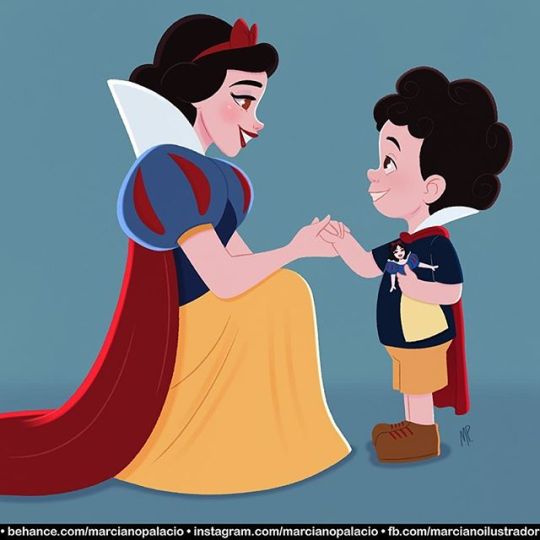



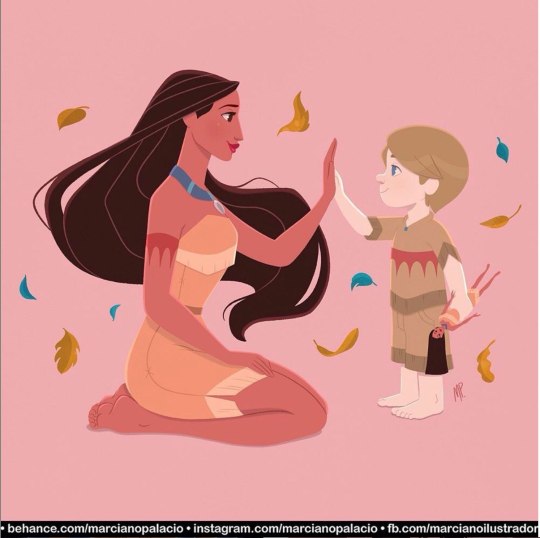




A very heart-warming series by artist Marciano Palácio.
Sadly it still is considered shameful by society for a boy (or a male of any age) to like and identify with strong female characters, which is why the message that these illustrations convey is particularly important.
#disney#disney princess#the wizard of oz (1939)#the wizard of oz#dorothy#dorothy gale#judy garland#snow white#snow white and the 7 dwarfs#sleeping beauty#sleeping beauty (1959)#The Little Mermaid (1989)#the little mermaid#ariel#beauty and the beast#beauty and the beast (1991)#belle#pocahontas#pocahontas (1995)#frozen (2013)#frozen 2#anna#elsa#marciano palácio#marciano palacio#boys like princesses too
3K notes
·
View notes
Text
Idk what kind of crack they were putting in 90s period dramas but it’s just Not The Same Anymore
#the warm haziness 🤌#stop making movies dark and cold and sharp I hate it here#little women 1994#the secret of roan inish#the little princess 1995#fairytale a true story#the secret garden 1993#newsies 1992#ever after: a cinderella story#wilde 1997#the golden age of period dramas#for r e a l#period piece#films#movies
467 notes
·
View notes
Text
#disney fandom#disney couples#disney polls#disney animated movies#the little mermaid#beauty and the beast#aladdin 1992#the lion king#pocahontas 1995#hercules 1997#tarzan#tarzan x jane#the princess and the frog#tangled#disney frozen#anna x kristoff#rapunzel x flynn#tiana x naveen#pocahontas x john smith#ariel x eric#belle x beast#aladdin x jasmine#simba x nala#lady and the tramp#mulan 1998#mulan x shang
74 notes
·
View notes
Text
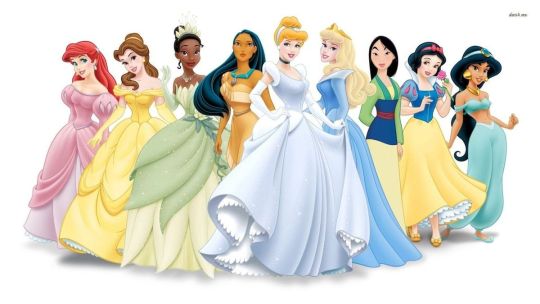
So, I love Disney, and have this big family tree of hundreds of Disney (mostly... maybe) characters that I have been working on for years. I feel like I have finally sunk enough of my life into it that I can finally share it with a wider audience. This poll will decide the first character I share! And I'm sorry if your princess didn't show up! I only got 12 spots so I had to cut some.
#disney#polls#disney princess#princess ariel#princess aurora#belle#cinderella#princess jasmine#mulan#pocahontas#snow white#princess tiana#the little mermaid#sleeping beauty#beauty and the beast#cinderella 1950#aladdin 1992#mulan 1998#pocahontas 1995#snow white 1937#the princess and the frog#cinderella is the best and all you guys are wrong#Disney Family Tree
35 notes
·
View notes
Text
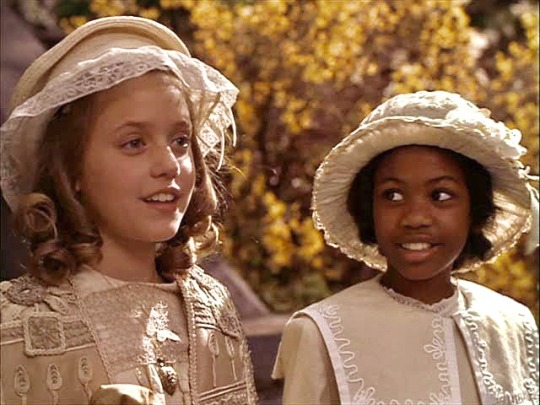
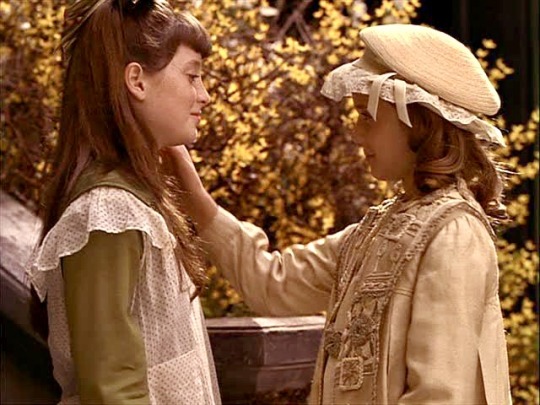
Autumn in A Little Princess (1995) 🍂🍁
39 notes
·
View notes
Text
Uhhhhh.... I don't think this is all right...

#i think google smoked a bit too much last night#disney#disney villains#disney movies#the little mermaid#beauty and the beast#mulan 1998#peter pan#the hunchback of notre dame#101 dalmatians#pocahontas 1995#alice in wonderland#tangled 2010#fantasia 1940#cinderella 1950#the black cauldron#the princess and the frog#robin hood disney#hercules 1997#snow white and the seven dwarfs#disney hercules#snow white and the 7 dwarfs 1937#snow white and the 7 dwarfs#the nightmare before christmas#the nightmare before christmas 1993#aladdin#aladdin 1992#the jungle book#the jungle book 1967#bones' finds🫧
24 notes
·
View notes
Text

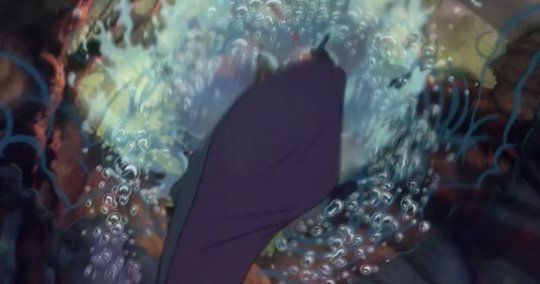
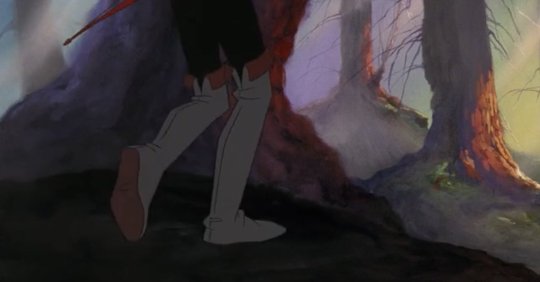

#definitely think growing up with The Swan Princess and A Little Princess 1995 gave me an eye for beauty & composition young—the direction...#The Swan Princess#also those colours!!! ...... it definitely contributed to my love of pretty pastels and painted backgrounds#Prince Derek#perspective#western animation#arrows#drawn weapons#water *#Lamees' screencaps
4 notes
·
View notes
Text
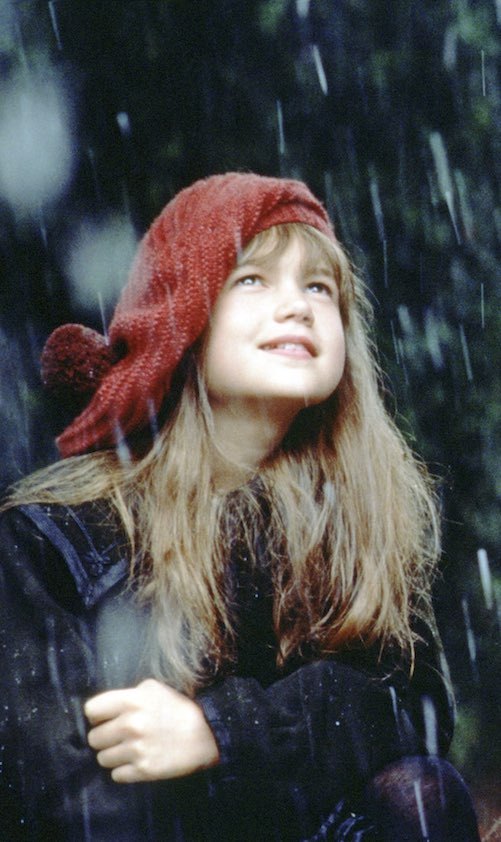

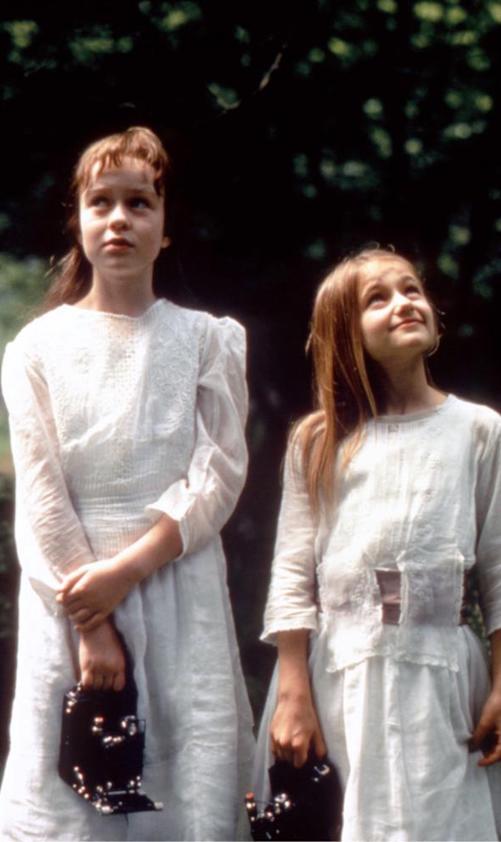
The Secret Garden, A Little Princess, and Fairy Tale: A True Story - the pain trifecta.
3 notes
·
View notes
Text
I just fucking hit me. "We'll move to India forever" in seven could be a reference to A Little Princess (which there is more than one adaptation of this story, but only one version came out the year Taylor turned 6)
#how the fuck did this not occur to me sooner#seven#taylor swift#folklore#a little princess#the little princess#1995#seriously how did i not realize this sooner i was obsessed woth that movie as a kid#it would not surprise me at all if taylor was also obsessed with that movie as a kid#lovefrommaxie
35 notes
·
View notes